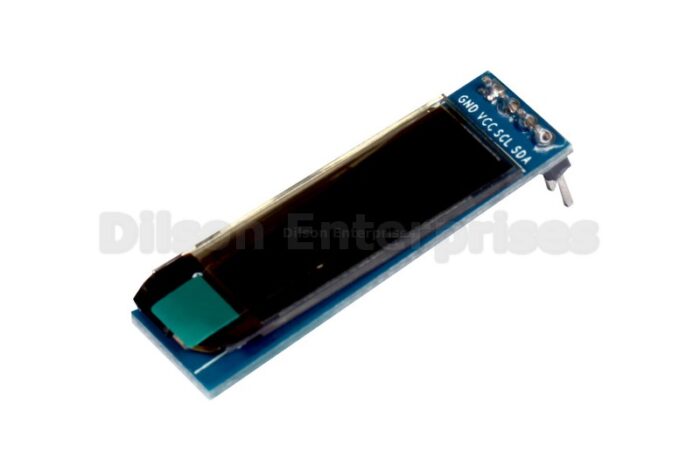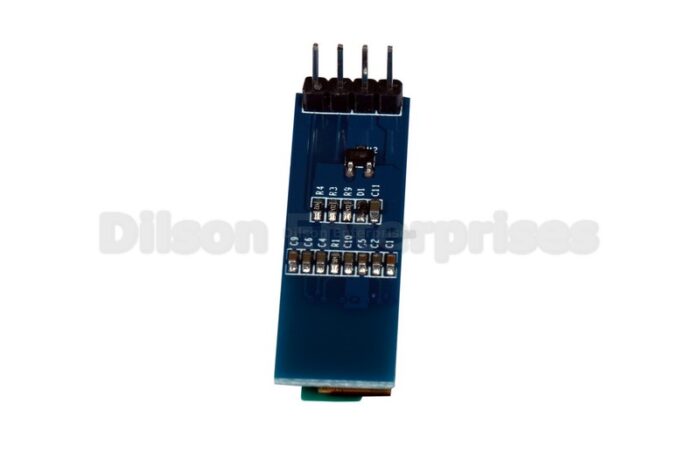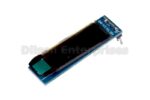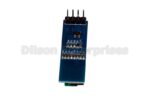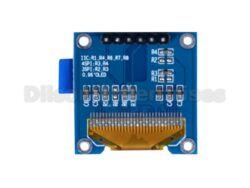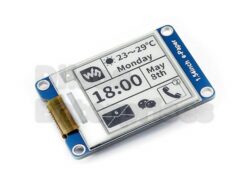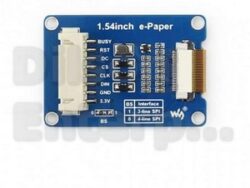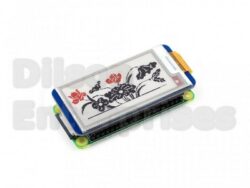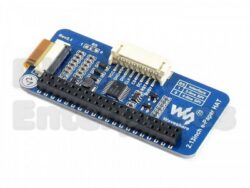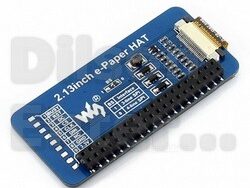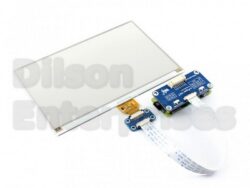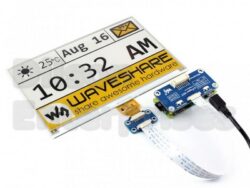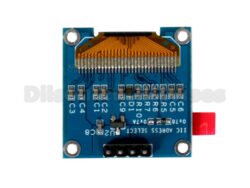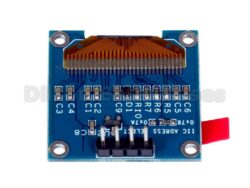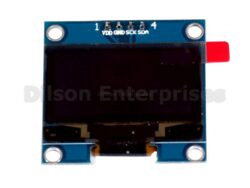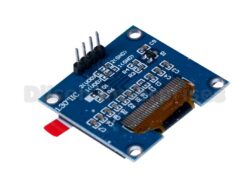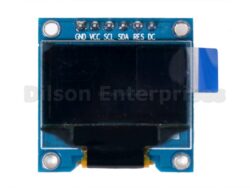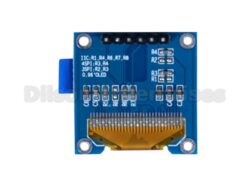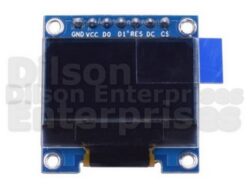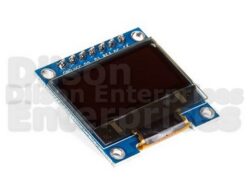0.91 inch White OLED Show module 128×32 4pin IIC Serial Interface
0.91 inch I2C/IIC 128×32 OLED Display Module – White Color offers 128×32 pixel resolution.
They are featuring much less thickness than LCD displays with good brightness and also produce better and true colors. OLED’s are the future of displays, as they possess some of the greatest advantages over both conventional display technologies of LCD’s and LED‘s.
This OLED Display Module is very compact and will add a great ever user interface experience to your Arduino project. The connection of this display with Arduino is made through the I2C(also called as IIC) serial interface. This OLED Display Module is compatible with Arduino and raspberry Pi Modules thus also called as Arduino oled Display and raspberry pi oled display.
0.91 inch I2C/IIC 128×32 OLED Display Module – white Color produces white text on black background with very good contrast . The OLED Display Modules also offers a very wide viewing angle.
20
People watching this product now!
Description
SPECIFICATION: 0.91 inch OLED Show Module
- Dot matrix: 128×32 dot
- Drive responsibility: 1/32 responsibility
- Driver ic: SSD 1306
- Show color: white
- Interface: IIC
- VCC: POWER+ (DC 3.3~ 5v)
- Provide voltage for logic: 0-4VDD
- Working temperature: -40 -+80 c
- Storage temperature: -40 – +85 c
- SCL: Seial clock
- SDA: Serial knowledge
- Dimension: 0.91 inch OLED
FEATURES: 0.91 inch OLED Show Module
- Pixel Decision: 128 x 32
- Character Shade: White
- Background Shade: Black
APPLICATIONS: 0.91 inch OLED Show Module
Because of its functionality in displaying, it’s usually utilized in varied software for cases, good watch, MP3, operate cellphone, moveable well being machine and plenty of others.
Pin Description: 0.91 inch OLED Shows Module Datasheet
- GND: Energy Floor
- VCC: Energy + (DC 3.3 ~5v)
- SCL: Clock Line
- SDA: Knowledge Line
The 0.91 inch 128×32 white OLED Show Module produces white textual content on black background with excellent distinction. The OLED Show Modules additionally affords a really huge viewing angle which is greatest within the trade. every one is turned on or off by the controller chip. As a result of the show makes its personal mild, no again mild is required. This reduces the facility required to run the OLED and is why the show has such excessive distinction.
0.91 inch OLED show Module White coloration 128×32 I2C characteristic a lot much less thickness than LCD shows with good brightness and likewise produce higher and true colours. These OLED Show Module are very compact and can add an excellent ever consumer interface expertise to your Arduino tasks. The connection of this show with Arduino is made by means of the I2C(additionally known as IIC) serial interface.
The driving force chip is SSD1306, communicates by way of I2C solely. 3 pins are required to speak with the chip within the OLED show module, two of that are I2C knowledge/clock pins. This board/chip makes use of I2C 7-bit tackle 0x3C.
The 0.91 inch OLED show module and driver require a 3.3V energy provide and three.3V logic ranges for communication. The ability necessities rely a bit on how a lot of the show is lit however on common the show makes use of about 20mA from the three.3V provide.
0.91 inch I2C OLED Show module is an OLED monochrome 128×32 dot matrix show module with I2C Interface. It’s good when you want an ultra-small show. The driving force IC is SSD1306 with the I2C interface. Evaluating to LCD, OLED screens are much more aggressive, which options a number of advantages like excessive brightness, self-emission, excessive distinction ratio, slim define, huge viewing angle, huge temperature vary, and low energy consumption. It’s suitable with any 3V-5V microcontroller, like Arduino.
OLED show, no want backlight, self-illumination, the show efficiency is greatest than the traditional LCD show, additionally decrease consumption. I2C interface, requires solely two sign pin. It Comes with growth assets and guide Obtainable in 0.91 inch Oled Show module datasheet at rajguru electronics. (Examples for Raspberry Pi/Jetson Nano/Arduino/STM32).
OLEDs show module fundamental construction consists of natural supplies positioned between the cathode and due to this fact the anode, which consists {of electrical} conductive clear Indium Tin Oxide (ITO). The natural supplies compose a multi-layered skinny movie, which contains the opening Transporting Layer (HTL), Emission Layer (EML) and due to this fact the Electron Transporting Layer (ETL). By making use of the suitable electrical voltage, holes and electrons are injected into the EML from the anode and due to this fact the cathode, respectively. The holes and electrons mix contained in the EML to make excitons, after which electro luminescence happens. The switch materials, emission layer materials and choice of electrode are the important thing elements that decide the usual of OLED parts.
0.91 inch OLED show module are small dimension OLED module, however very readable as a result of excessive distinction of an OLED show. This show is product of 128×32 white OLED pixels, every one is turned on or off by the controller chip. As a result of the show makes its personal mild, no again mild is required. This reduces the facility required to run the OLED and is why the show has such excessive distinction.
The driving force chip is SSD1306, communicates by way of I2C solely. 3 pins are required to talk with the contribute the OLED show, two of that are I2C knowledge/clock pins. This board/chip makes use of I2C 7-bit tackle 0x3C.
The OLED and driver require a 3.3V energy provide and three .3V logic ranges for communication. The ability necessities rely a contact on what quantity of the show is lit however on common the show makes use of about 20mA from the three .3V provide.


